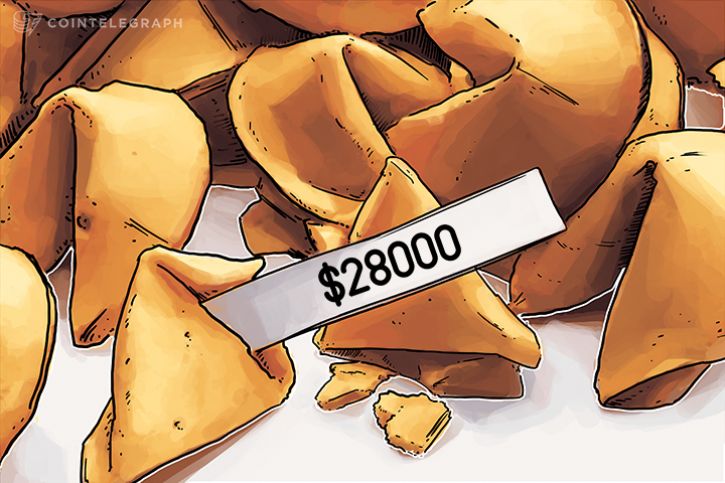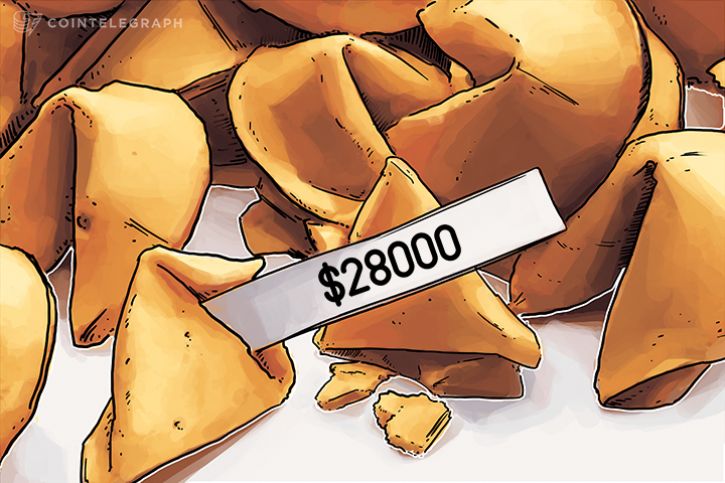“30th anniversary of Black Monday, when markets dropped 23% in a day. In crypto we just call that Monday…”
Bitcoin flew too close to the sun. Now the eyes of the world are upon the crypto market, with all the consequences that follow…
“30th anniversary of Black Monday, when markets dropped 23% in a day. In crypto we just call that Monday.”
– Alexander Tapscott
But, as Incrementum’s Demelza Hays and Mark J. Valek show in their latest magnificent Crypto Research report, it all happened as it always has.
Bitcoin reached an all-time high and then predictably it fell again. All common stages of the classic bubble were accounted for: euphoria, infatuation, denial, fear, desperation.
When Bitcoin fell under $7000 and the market capitalization of the whole sector halved, the funeral preparations by nay-sayers were already underway. The fact that cryptocurrencies have already survived five such bubbles, as the brilliant analysis by Michael B. Casey shows, is dutifully ignored by said grave diggers…
In general, we are talking about old-school economists who said it from the start: Bitcoin is a scam.
We strongly disagree: This initial scam phase is part of the Wild West stage of any new unregulated market, and Bitcoin and the blockchain have simply a maturing process ahead of them to weed out the bad seeds. In this respect, the crash of the past months is to a certain extent desirable because it is cleansing the market of criminal, half-baked ideas. That is how free market economy works. But it might be a tall order to expect mainstream economists to recall this after more than a decade of bail-outs and quantitative easing.
All of which leaves the question of what happens next. The question appears to be, as Hays and Valek ask (and answer below), is Bitcoin a bursting bubble or the only exit path on the world’s first hyperdeflation…
Since December, Bitcoin’s price dropped 69 % from a high of $19,224 to a low of $5,920 in early February. The last time Bitcoin’s price plummeted this much was after the 2013 rally when it reached $1,000 per coin for the first time. During a 411-day correction, Bitcoin’s price dropped 87 % from $1,163 on November 30, 2013 to $152 on January 14, 2015. On February 2 of this year, Nouriel Roubini claimed Bitcoin is “the largest bubble in the history of mankind”. Uber-Keynesian Paul Krugman could hardly contain his joy over the Bitcoin crash – he even created a new word for it: “cryptofreude” alluding to the German word “Schadenfreude” (i.e. to revel in someone else’s pain).
Has anything changed fundamentally since then? Has the bubble really popped? If Bitcoin is no bubble, what is it?
Under fiat monetary systems, average Joes and Janes can no longer store their money under the mattress for safekeeping. If they do, price inflation will eat away the purchasing power of their savings by 2 % to 7 % per year based on official and unofficial calculations, respectively. Permanent money debasement discourages saving and encourages consumption spending on cars, clothing, and vacations. People who are determined to save money are forced to take on additional risk to preserve the purchasing power of their savings over time. Instead of saving their money in bank accounts, savers are forced to look for other long term stores of values like stocks, bonds, and real estate.
The main problem is that printing money is only a short-term strategy. If the purchasing power of a currency depreciates too quickly, demand for that currency decreases. In hyperinflations, demand for holding currency tends toward zero.
The Bitcoin revolution is about having a way to store and transmit value that does not depend on inflationary central bank monetary policy, capital controls, or property rights. The reason people pump their paychecks into real estate, bonds, and stocks is not because these assets make a better medium of exchange. These assets make a better store of value than fiat currency, and Bitcoin has the technological features to become an even better store of value than these assets. Similar to Gold, Bitcoin allows people to save without having their savings diluted slowly by ever increasing money supply (or quickly in the case of hyperinflation).
However, Bitcoin does not only enable secure saving, this technology also allows people to directly send their savings to other people without converting into fiat or any other asset. The Bitcoin network does not depend on intermediaries. Stocks, bonds, real estate, and fine art, all depend on government stability and efficient courts that uphold legal contracts. Even owning gold was outlawed in the U.S. from 1933–1974. Today, it is only legally possible to move $10K worth of gold out of the U.S. at once.
Given Bitcoin’s qualitative features, there are three possible outcomes for Bitcoin…
Source/More: Bitcoin: Bubble Or Hyperdeflation? | Zero Hedge










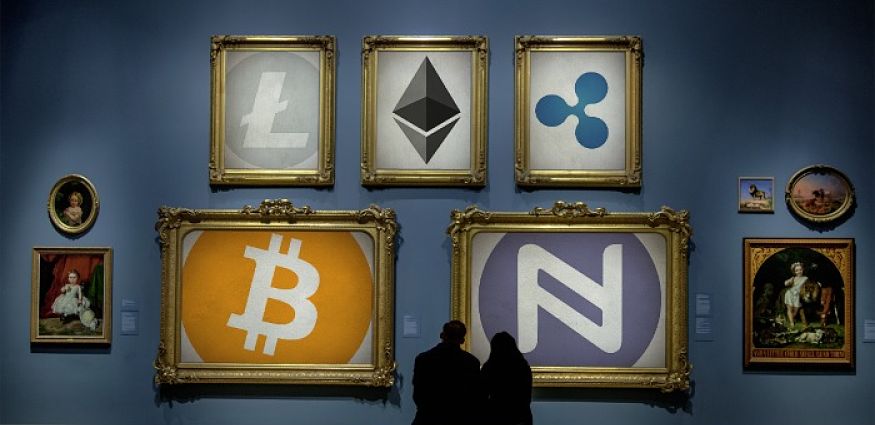
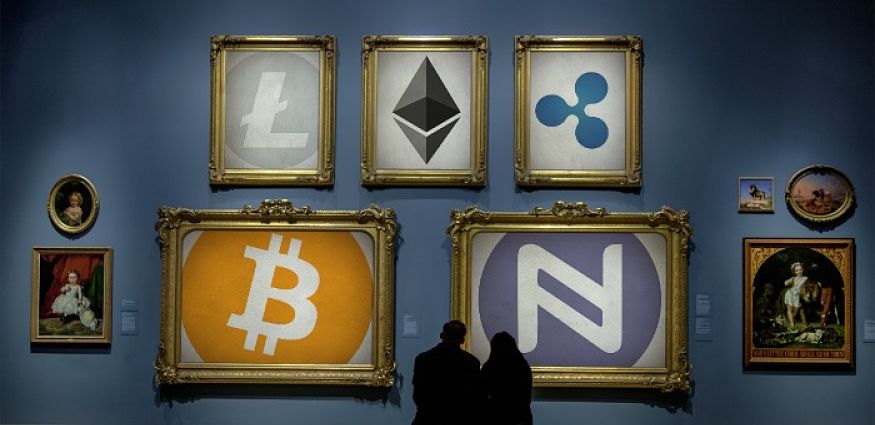
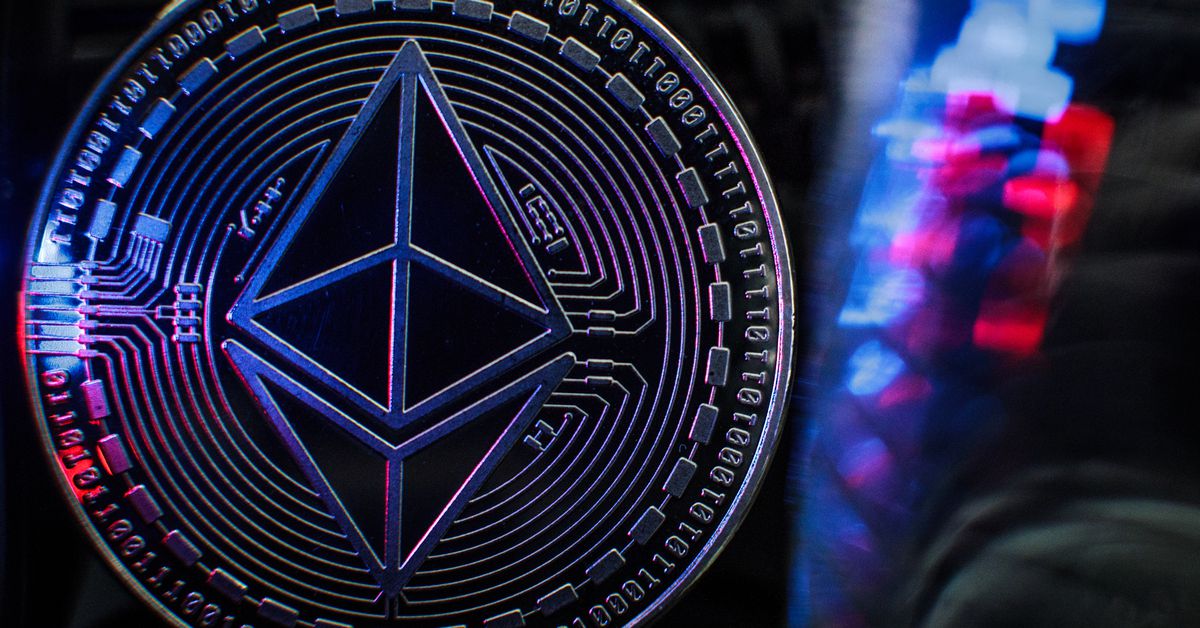
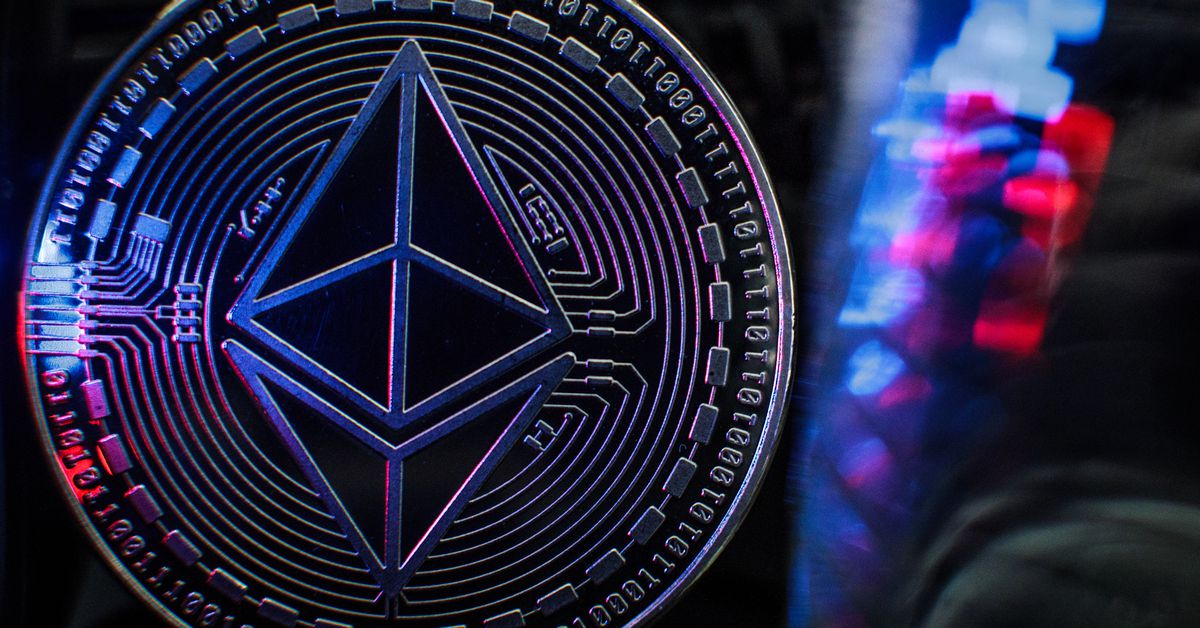


![DigiByte [DGB]: Nationwide Merchant Solutions sets up DGB payments for businesses and merchants | AMBCrypto](http://blockchainbelievers.com/wp-content/uploads/2019/06/90x60xwallet-2125548_960_720-e1558697455646.jpg.pagespeed.ic.VUErfz2gm7.jpg)
![DigiByte [DGB]: Nationwide Merchant Solutions sets up DGB payments for businesses and merchants | AMBCrypto](http://blockchainbelievers.com/wp-content/uploads/2019/06/180x120xwallet-2125548_960_720-e1558697455646.jpg.pagespeed.ic.Vbre5-sWtD.jpg)



